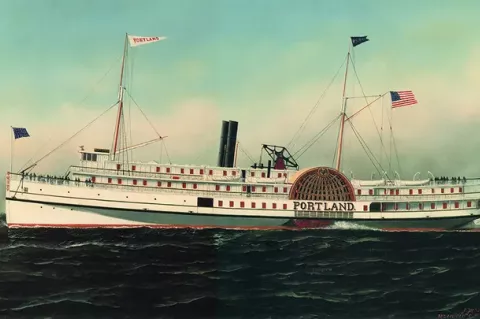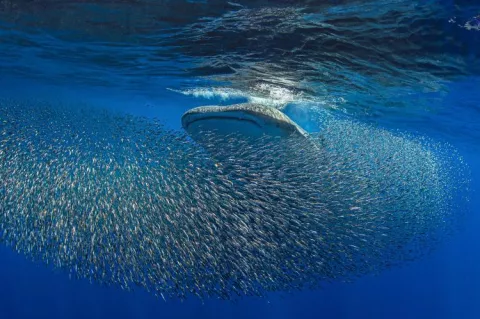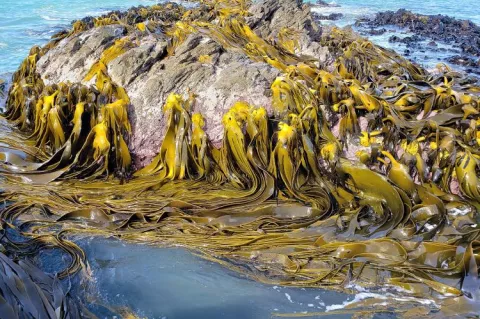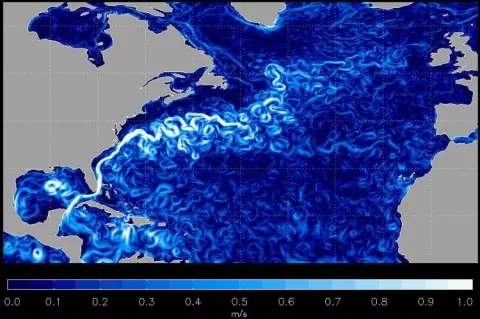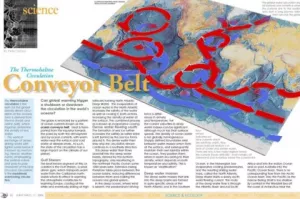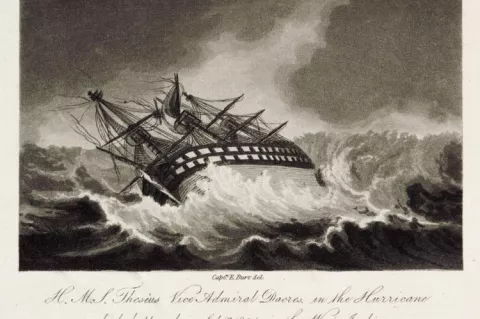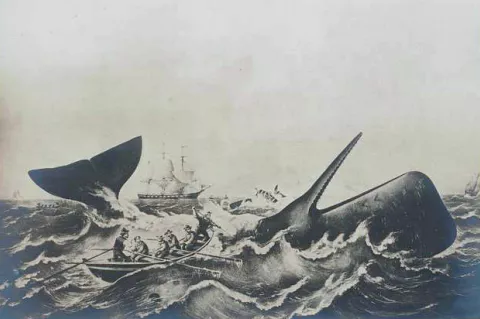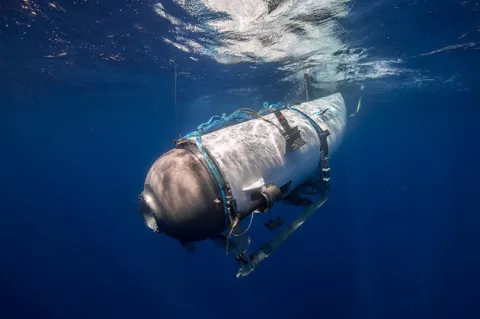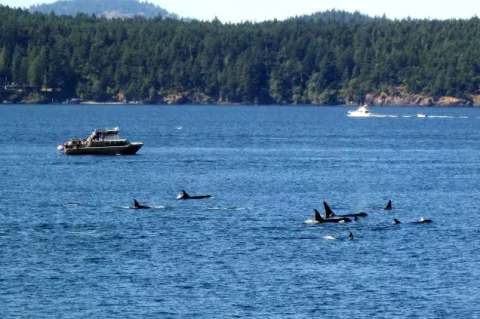Drones Reveal Basking Shark Mating Behaviour
The study describes how the researchers launched a drone from the beach and flew it to the site of a disturbance spotted from shore. Two basking sharks (Cetorhinus maximus) were immediately seen in close proximity—one near the bottom and one near the surface. The latter was confirmed to be a mature male due to the presence of claspers, while the shark near the bottom appeared to be a female.



